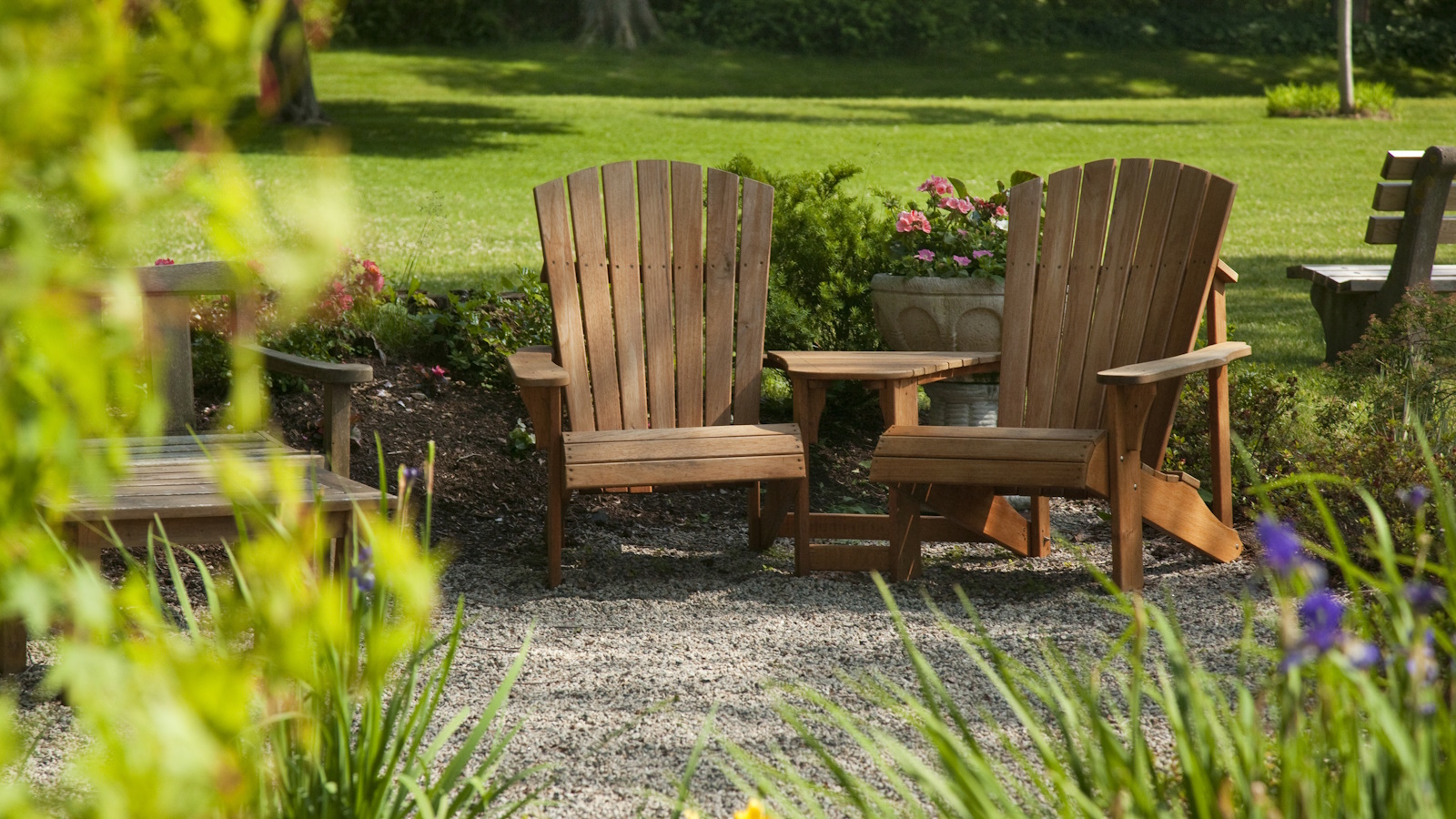
Hardiness zones are areas of the country whose average coldest winter temperatures are the same. They are shown in bands on the USDA Hardiness Zone map and numbered zone 1 (the coldest) to Zone 13 (the warmest).
They’re important because - with the hardiness ratings attached to individual plant varieties and noted on plant tags and on websites - it’s simple to see which plants will survive the winter in your area.
In zone 4, the earlier spring thaw and the extra frost free days in fall allow a wider range of edibles to thrive.
There are also more evergreen shrubs from which to choose, more annual flowers have the frost-free growing season they need and varieties of many more perennials come into play. We examine the key features of gardening in this zone, and consider which plants will best thrive in this climate.
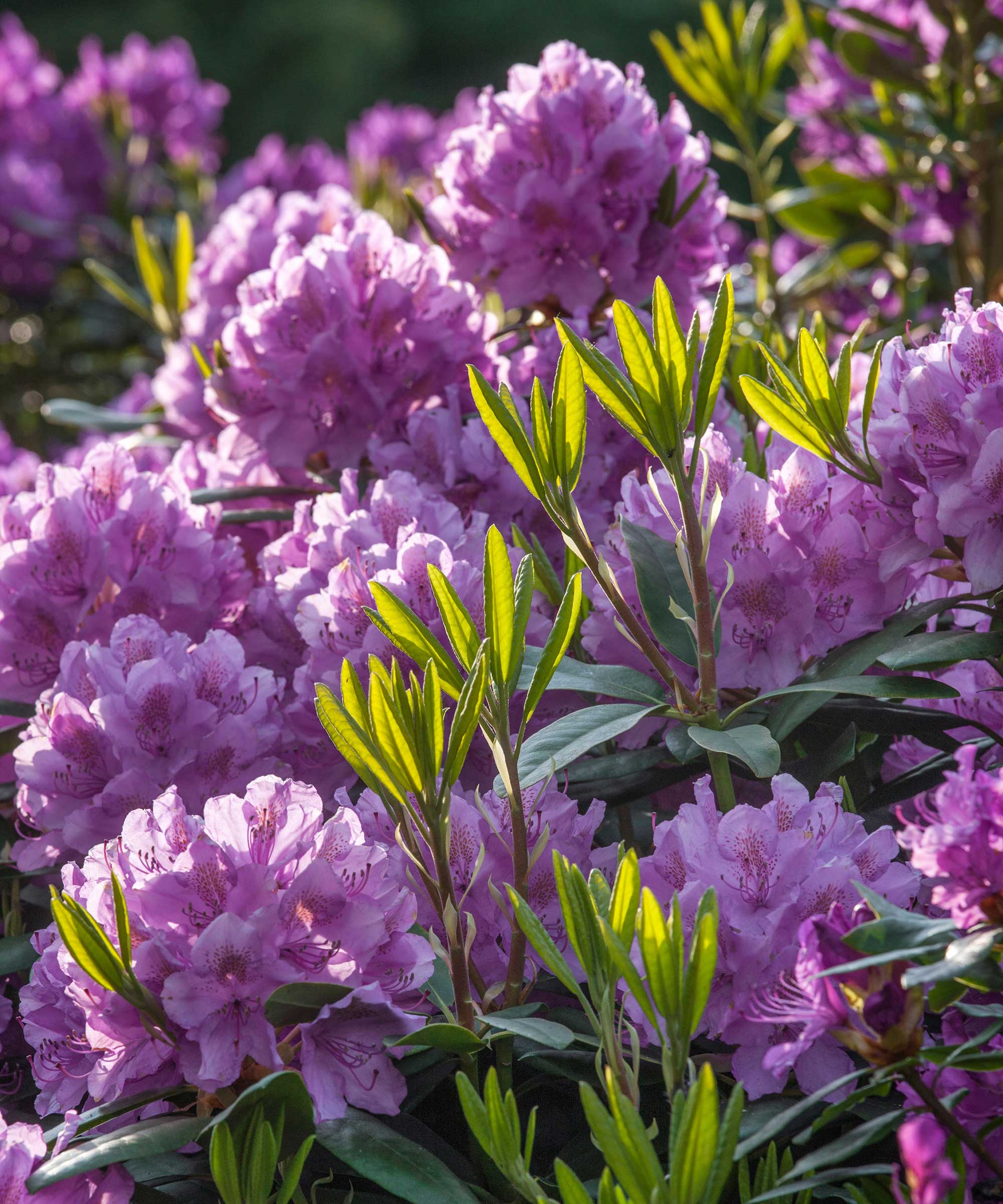
How to garden in US hardiness zone 4
In zone 4, average lowest winter temperatures fall in the range of -30F and -20F. It’s important to remember that whether or not a particular plant will grow in your yard is also influenced by the local presence of mountains, large bodies of water, and buildings.
Gardening in zone 4
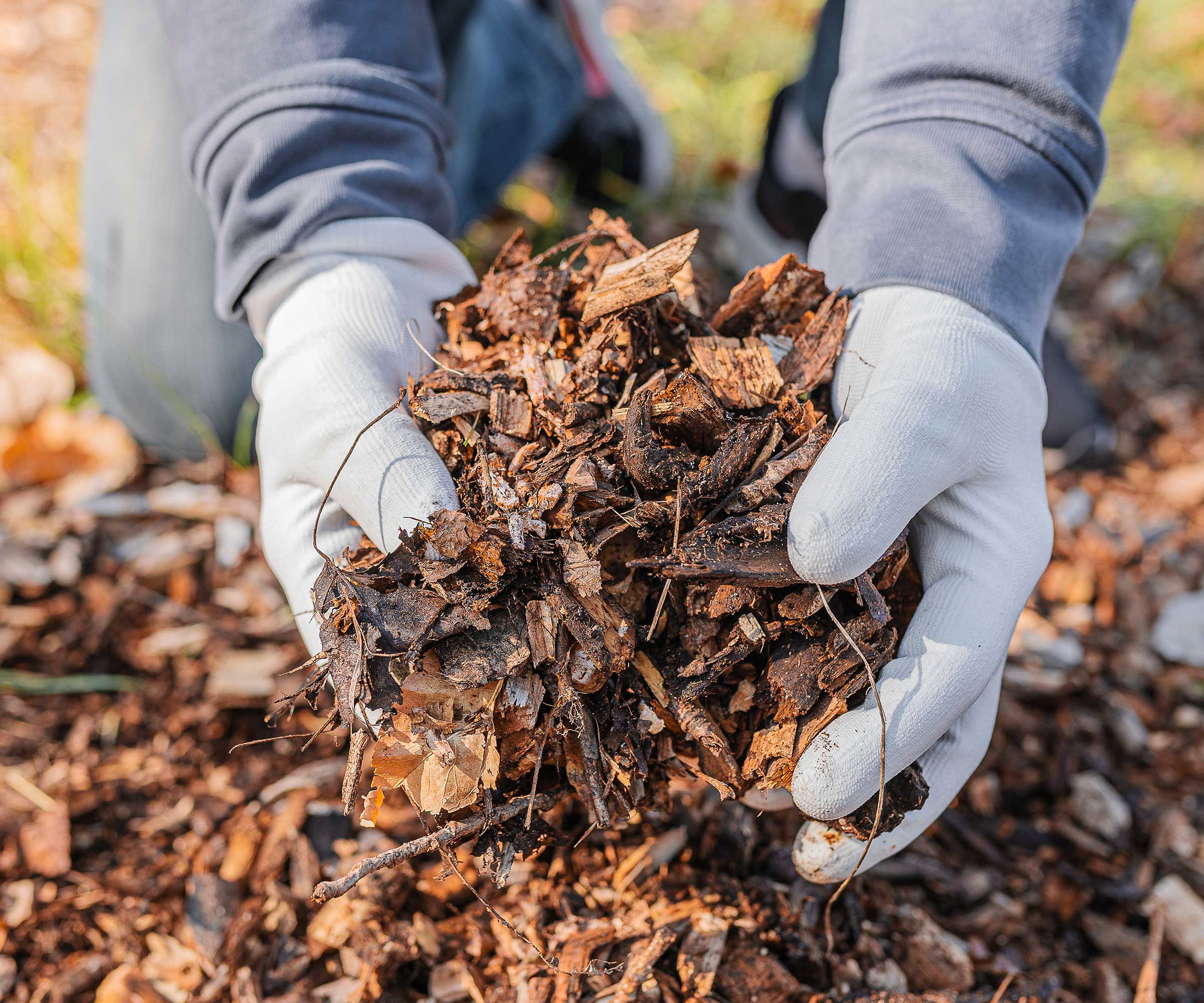
- Choose plants rated as suitable for zone 4, but don’t be too rigid about applying this rule. Some plants rated as zone 5 may well succeed in suitable garden microclimates.
- Hoop houses and low tunnels are especially valuable in helping to steal extra growing days in spring.
- Spring mulching will have a useful insulating effect in fall.
- Mature evergreen shrubs and small trees help create microclimates, cozy places where borderline plants can thrive.
- Remember that features in neighbors’ gardens, and in your own, can also create protected areas.
- But fences, walls, and hedges can also screen plantings from the warmth of the spring sun and hold back spring growth.
- Don’t be afraid to expect the unexpected: carefully chosen kiwi vines and cacti can thrive in zone 4.
- Mulch is your friend – bark, garden compost, composted leaves, gravel (in sunny, well-drained areas) all help alleviate winter chills, while black plastic helps raise soil temperatures in spring .
- Consider creating raised beds, in the spring they’ll warm up more quickly than other areas (and also reduce the backache of weeding).
Zone 4 - main features
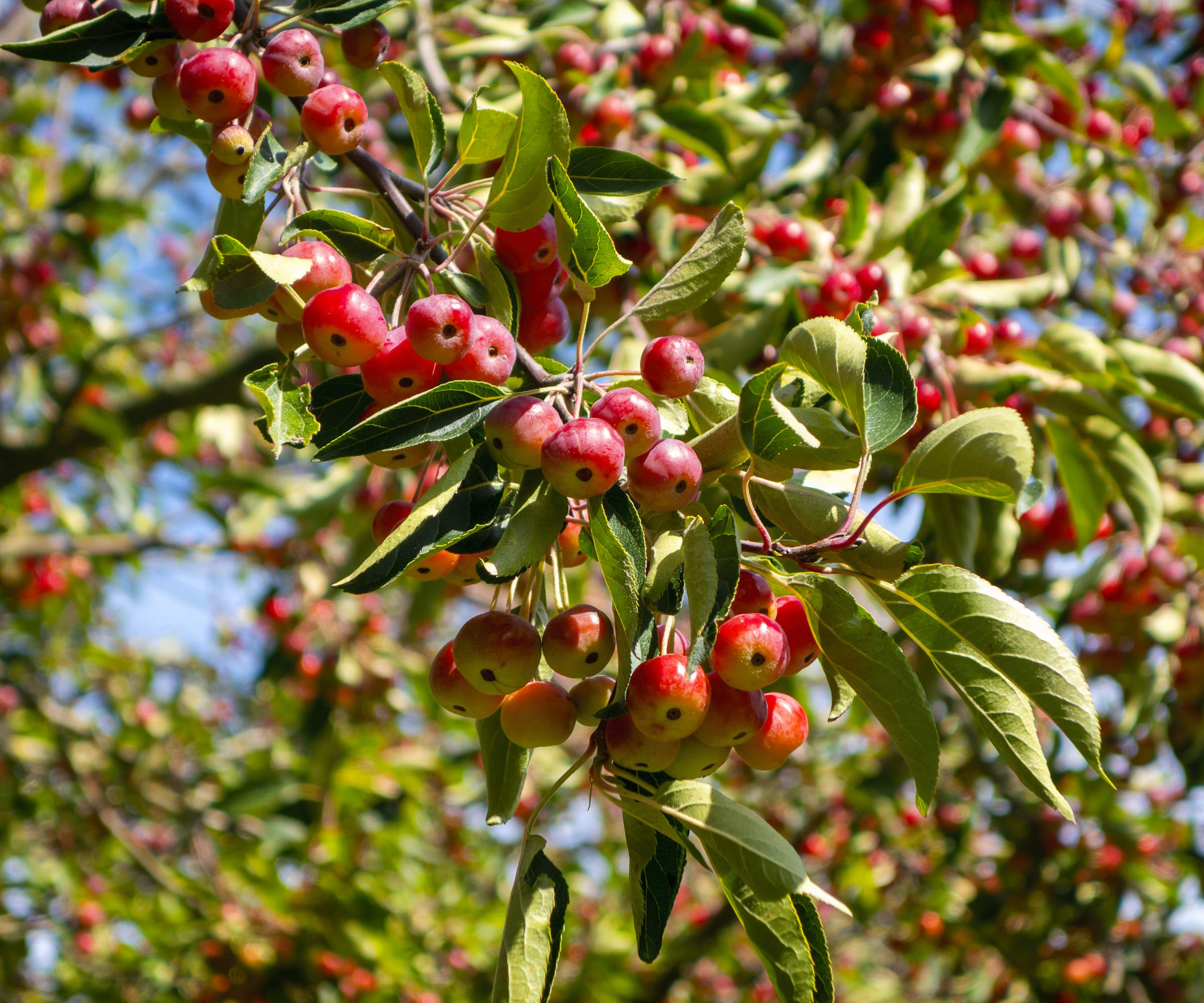
The average coldest winter temperatures in zone 4 fall to between -30F and -20F.
Zone 4a has a minimum average temperature of -30F to -25F. Zone 4b has a minimum average temperature of -25F to -20F.
Zone 4 incudes much of the extreme northern United States including most of Montana, parts or western and southern Alaska, most of North Dakota, Minnesota and high altitude Wyoming. It also includes parts of South Dakota, Wisconsin, New York, Vermont, New Hampshire, and Maine.
The ground in zone 4 remains frozen solid for many winter months, plants remain dormant, and the active growing season will usually be about four months. The long summer days are often warm.
The first frost date of the fall is usually about 21 September – 7 October, while the last frost date of the spring is usually about 24 April – 12 May.
Plants for zone 4
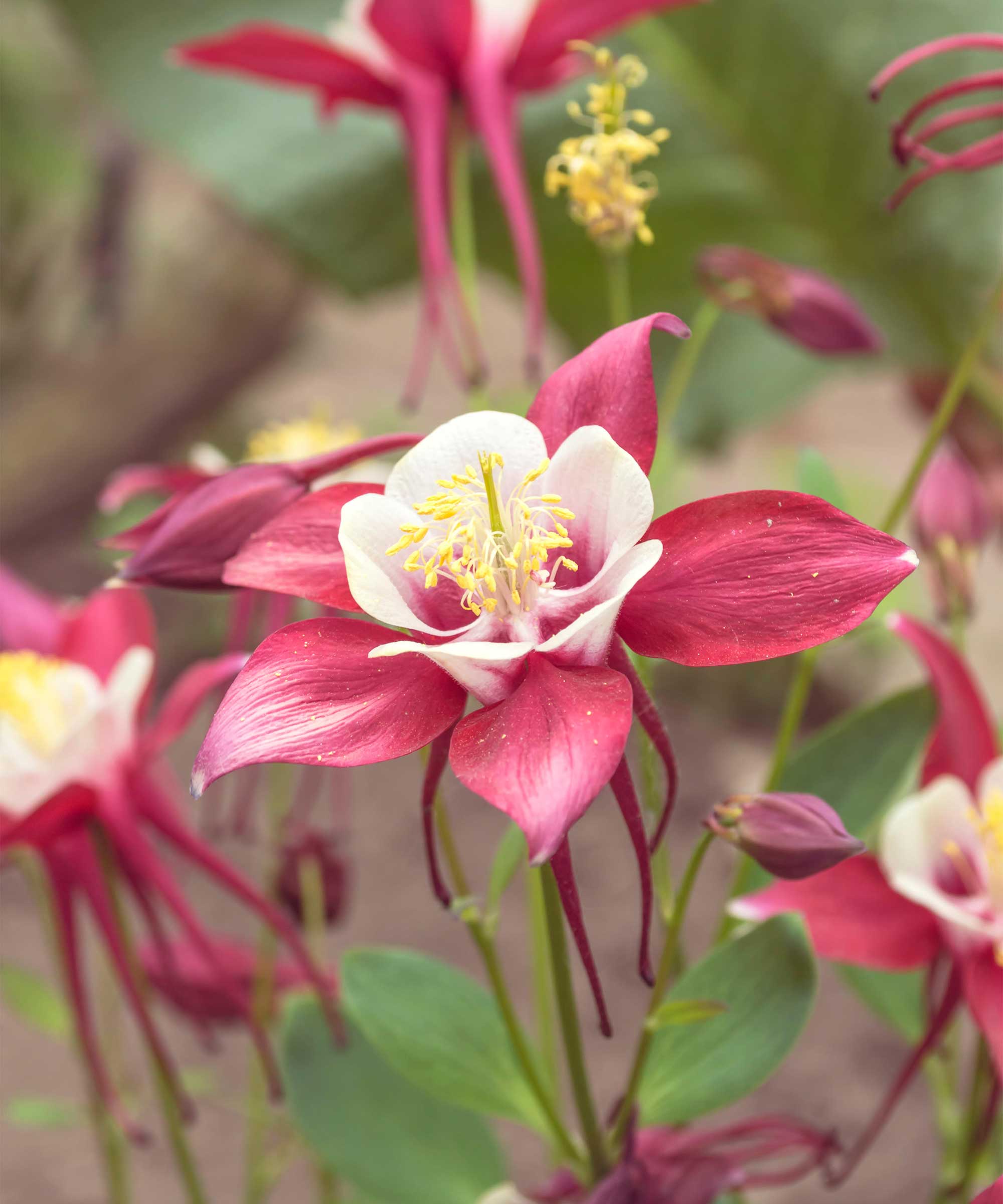
Many deciduous trees, shrubs, perennials, vegetables and fruits enjoy zone 4 and many annuals, especially fast growing types will thrive in the longer, warmer summer days.
Deciduous trees
Flowering cherry (Prunus) Clouds of white or pink spring flowers, some with fiery fall color or attractive bark.
Saucer magnolia (Magnolia × soulangeana) A spectacular spring show of large, saucer-like pink or white flowers.
Also try: Crabapple (Malus)
Evergreen trees
Colorado spruce (Picea pungens) A tough and elegant tree with varieties in a range of heights, many with silver-blue needles.
Arborvitae (Thuya occidentalis) North American native in a wide range of varieties, many with bronzed winter foliage.
Also try: Other spruces such as Picea koreana.
Deciduous shrubs
Barberry (Berberis thunbergii) Tough, with very pretty summer and fall foliage. Choose only the new non-invasive varieties.
Red buckeye (Aesculus pavia) Colorful spikes of orange-red flowers open just in time to feed the arriving hummingbirds.
Also try: Winterberry (Ilex verticillata).
Evergreen shrubs
Boxwood (Buxus) This is an invaluable evergreen for foundation planting, dwarf and medium hedges and for clipping to shape.
Rhododendron (Rhododendron) A huge range of plant sizes, flower colors and leaf sizes – all insist on acid (lime free) conditions.
Also try: Heather (Calluna).
Vines
Kiwi vine (Actinidia) Twining vine with bold foliage, sometimes with green-pink-and-white leaves.
Clematis (Clematis) A huge variety of spring and summer flowering, self-supporting vines in a wide range of flower sizes and colors.
Also try: Climbing hydrangea (Hydrangea petiolaris).
Perennials
Shasta daisy (Leucanthemum) Large white daisies face upwards from dark green foliage. Yellow and double-flowered varieties also now available.
Cranesbill (Geranium) A varied range of bushy or weed-smothering plants with saucer-shaped flowers in blues, pinks, white and bicolors.
Also try: Hellebore (Helleborus).
Spring bulbs
Snowdrop (Galanthus) The dainty white flower that tells us winter is almost over. Pretty, easy-to-grow, spreads steadily.
Crocuses (Crocus) Goblet-shaped flowers open widely in the sun revealing a dazzling range of colors.
Also try: Glory of the snow (Chionodoxa)
Summer bulbs
Autumn crocus (Colchicum) Like a large-flowered, late summer and fall flowering crocus in purple, lilac, pink or white.
Lily (Lilium) Flamboyant flowers in a wide color range, many prettily spotted, on upright stems. Some are native.
Also try: Ornamental onion (Allium).
Natives
Black Chokeberry (Aronia melanocarpa) A neat, glossy-leaved shrub, the clusters of white flowers are followed by edible black berries.
Trumpet creeper (Campsis radicans) A vigorous deciduous vine with loose spikes of large, orange, late summer flowers.
Also try: Columbine (Aquilegia canadensis).
Annuals
Cosmos (Cosmos) Colorful, golden-eyed daisies in reds, many pink shades and white set against feathery foliage. Good for cutting.
Sunflower (Helianthus) Easy annuals from knee-high to head-high in an increasing range of sunny colors.
Also try: Zinnia (Zinnia).
Vegetables
Tomatoes: Start by trying favorite local varieties, but also try some of the latest introductions on websites which are often more disease resistant.
Cucumbers: Growing vining varieties in pots against a warm wall is often the best approach.
Also try: Zucchini.
Fruits
Apples: Check with neighbors, or the extension service, for the varieties that do best in your area, and remember to check their pollination needs.
Strawberries: Growing well even in colder zones, but don’t expect fruit in the first year.
Also try: Sour cherries.
FAQs
How long is the growing season in zone 4?
The US hardiness zone 4 has a fairly short growing season, which on average lasts four months. There are still a wide choice of plants you can grow in this area of the US, many however may need more care to keep them warm over the colder months, with the use of horticultural fleece, cloches or a greenhouse.
There are plenty of annuals that will grow well in zone 4 over the summer. You may find our guides to growing cosmos or zinnias useful if you live within this area.







